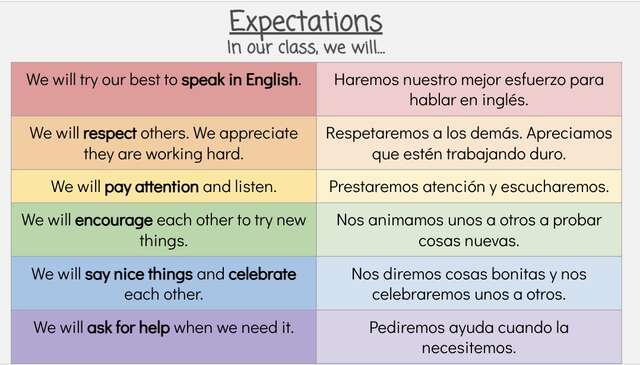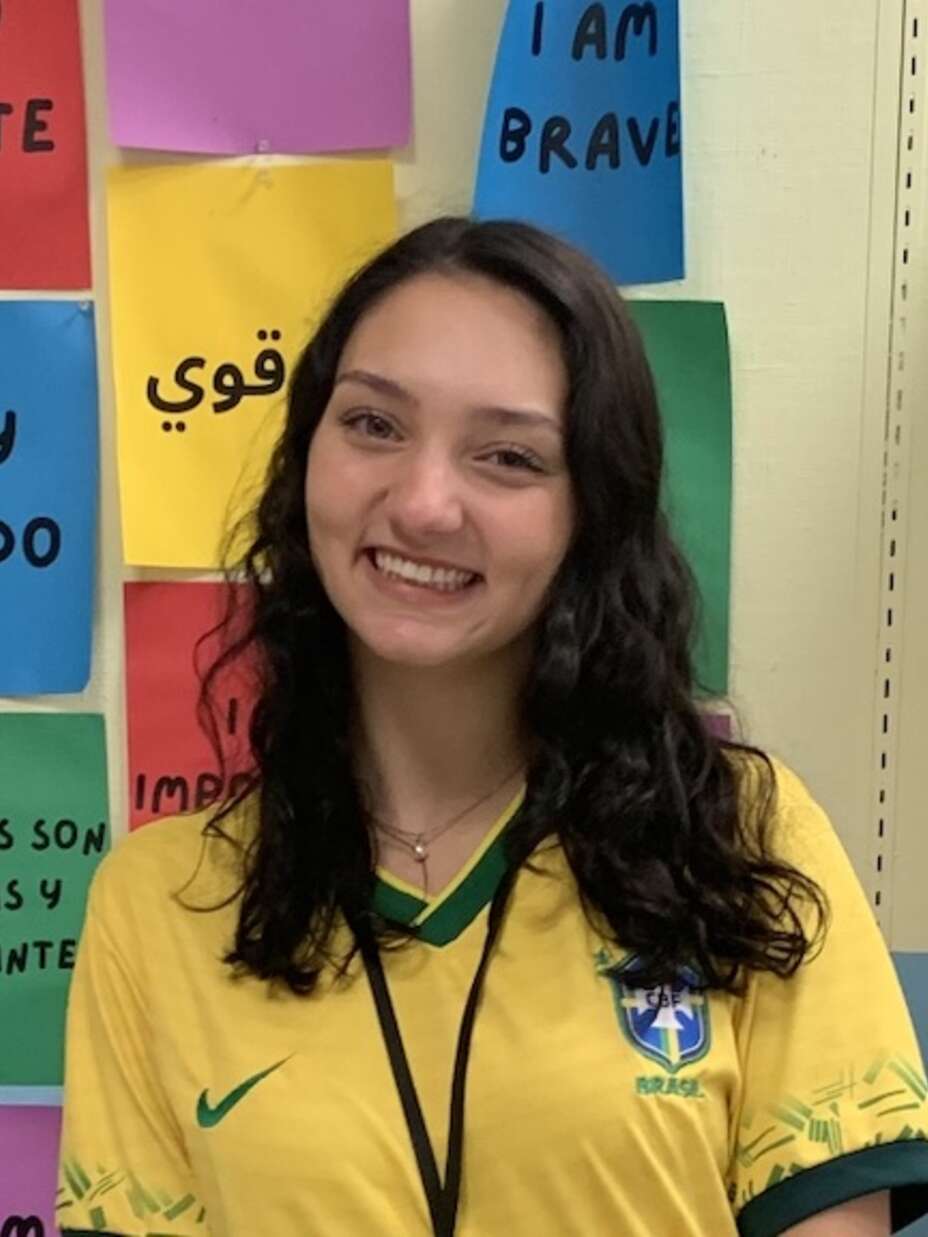The IRC in NY’s Youth Programs team has seen tremendous growth over the past year and is excited to introduce the Youth ESOL program as one of its newest programs! The Youth ESOL program offers free online English classes to newcomer youth, bridging critical language gaps and increasing confidence at school.
The Youth ESOL program has enrolled over 50 students since it began its first cohort in October 2023. Classes are currently all remote and available for middle and high school students, as well as those working towards a GED, up to age 21. The class composition is highly diverse - enrolled students come from over 15 countries, including Russia, Ukraine, Colombia, and Afghanistan, and speak over 10 different languages!
GETTING STARTED
As the IRC in NY’s Youth Programs department has continued to increase the number of youth clients supported by its programming, Youth Education Supervisor Ui Jin Chong began noticing a lack in fundamental English skills for refugee youth, particularly for those who had been in the United States for long periods of time. She started looking into free and low-cost ESOL classes for youth but found that most were targeted towards adults, had high costs associated with them, or were oriented towards bilingual students, which is not conducive to the multilingual makeup of youth clients at the IRC.
Though NYC public schools have made great efforts in advocating for newcomer students, limited capacity and resources often leave students with remaining English language needs. Middle and high school students in NYC schools typically only receive one period of ESOL class a day, unless they are attending an international school. Students then have to attend the rest of their classes taught in English, not receiving explicit support for their English learning.
While English language acquisition already existed as a component of the youth tutoring program, Ui Jin stated a desire for a more formalized ESOL class series. She worked with Senior Manager of Youth Programs Pat Curran to further develop a program through extensive research on how best to support English language acquisition.

CURRICULUM DEVELOPMENT

Sierra Cazassa started as the Youth ESOL teacher in October 2023. One of her first priorities was developing a curriculum for the classes that was responsive to key language acquisition needs while still celebrating and uplifting the languages spoken and cultures of the students taking the classes. She wanted to help students preserve and develop their academic skills across their home languages, as well as in English. “With this program, I’m aiming to go beyond just grammar and vocabulary,” she explains.
There are three key aspects to the developed curriculum:
- Academic Language: vocabulary instruction focused on words student may hear at school every day such as “analyze” or “evaluate”
- Literacy Skills: reading strategies utilizing nonfiction and stories relevant to students and their home countries
- School Success: relevant, trauma-informed strategies to prepare students for the classroom
After the completion of the first cohort last December, the team was able to identify adjustments needed based on student reading levels and linguistic levels. To tailor the curriculum to the students enrolled, the team focused on generating stories with AI and choosing nonfiction pieces to ensure materials were culturally-relevant and age appropriate. “We wanted to provide examples of reading materials that students were excited to talk about and ultimately make the students curious about each other,” Sierra expressed.
PROGRAM SUCCESSES: BUILDING COMMUNITY
When asked about program successes, both Ui Jin and Sierra emphasized the curiosity that students showed for each other’s cultures and languages, resulting from the multilingual nature of the curriculum. “During class, students ask how to say certain phrases in language such as Dari or Ukrainian while they were learning English vocabulary,” Sierra states.
Attendance has been very high since the program started, with most students from the fall cohort returning in the spring. Many students commented that the class built their confidence and that the program helped them feel less afraid to use English at school.
“A lot of the community built is student-driven,” Ui Jin explains.
One of the community guidelines she established in her classes was
“We are here to learn English but we can learn vocab words in other languages.”
After explaining her guidelines, one of the students in her class asked how many languages were in the class, prompting a discussion about everyone’s home countries and cultures.
In Sierra's English 1 class for Spanish-speakers, students took the initiative to create a group chat to stay in touch with each other outside of class and build their community. Many of the referrals the youth programs team received were from other students who were making friends with other newcomer students in their schools and inviting them to join the program.
Ahmad* is an example of one of the students referred by another student. He was very hesitant to join, fearing that his English level would not be sufficient for the class since he, like many of the students in the program, had arrived to the United States only a month prior. However, after joining one class and feeling welcomed by staff and students alike he decided to stick with it and has been attending ever since!
The Youth ESOL program has seen great success and the team is excited to continue supporting clients with their language needs and setting them up for success in school! Youth ESOL students receive extra support through the wide scope of IRC in NY youth programming, including youth tutoring, school success coaching, and the leaders in training program.
Moving forward, Sierra wishes to “continue increasing students’ self-confidence, helping them embrace their own cultures while still emphasizing the English skills they can use to advocate for themselves and their education.”
*name changed to protect privacy